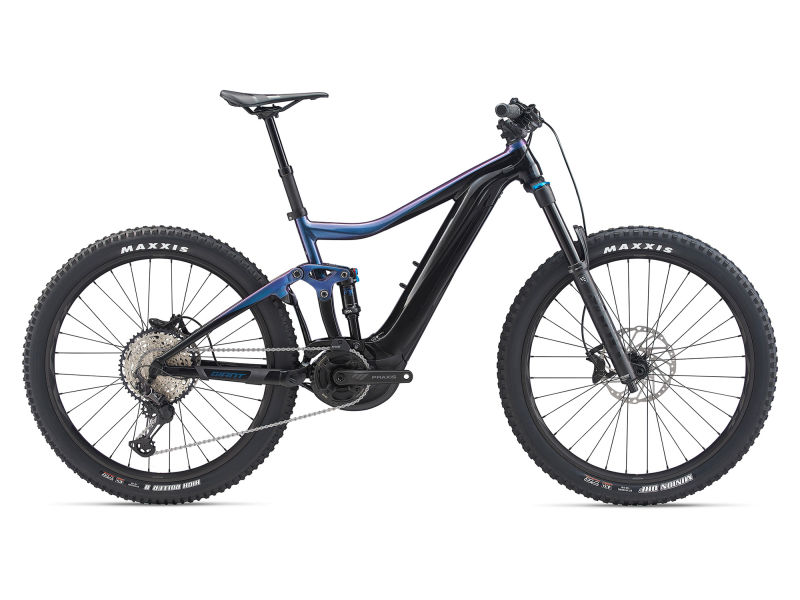indianajo
Well-Known Member
Once again a poster mixes up direct hub drives, and geared hub drives. No adjective, no information.I have both mid-drives and hub drives. Hub drives have their advantages (best at higher speeds, cheaper) but really are not as well suited as mid-drives offroad but are great for the flatter 'plains trails' and/or commuting. I just built a very powerful hub drive but would never take it up to nederland unless I stuck to paved roads.
Direct drives hub motors are cheap, are great at high speeds on flat territory, don't accelerate well. My 1000 W direct drive one would climb grades but used a lot of watthours doing so. The Radcity the OP rode is a direct drive 750 W hub motor.
I weekly ride a geared hub drive with up to 80 lb supplies on a 94 lb cargo bike, up four 15% grades 100' long; At the end of a 30 miles ride. The profile terraunbound posted include a 12.7% grade and a 500 foot rise. Totally doable with a 500W geared hub motor as I have. OP is not even carrying cargo and probably she doesn't load her bike up to 94 lb with tools, tubes & parts, water, racks.
Geared hub drives will NOT do 1000' rise in an hour, they will overheat and short a winding. Mac who made my motor said 40 minutes at full power and low speed will burn the motor. So in Colorado most road rides will be fine on their geared hub drive, maybe some off road trips would as that 2000' rise trip. PAS control is not suited for dodging rocks in true off-road mountain bikeing. I found PAS unsuitable for dodging ruts on state hwy 3, too fast, so I ditched the PAS sensor when I moved the motor from huffy cruiser to yuba bodaboda. I use a throttle. Torque sensing is more natural, is available on geared hub drive bike xtreme catalina.
I seriously did not want a mid-drive because I ride unpowered most of the time for exercise, using the motor only for days when I have to accomplish 30 miles into a 25 mph headwind. All the middrives drag unpowered except shimano steps, yamaha, & brose. They all wear out chains at 2 to 15 times the rate my bike does, which is a chain (8 speed) every 5000 miles. Mid drives cost more; my Mac12 hub motor in wheel+controller+throttle+charger was $640 and the battery was $610. The cargo bike for short people was $1500. So there is a way to save $1000-3000, if you can operate a terminal crimp tool and make brackets out of aluminum with a drill & hacksaw. Support is me. When I have drive problems, I throw the system away and buy a new one. My first geared hub drive was $221 and lasted 4500 miles before a gear wore out. Changeover to the Mac took 2 afternoons in my back yard. Changing the chain took longer because I did it wrong 3 different ways. I bought 2 $300 trash batteries & threw them away, limit your battery source to luna, ebikeling, or california. When a generic battery you built the mount for wears out in 1000 charges, you don't have to worry about a sleek made-to-fit battery not being available from a vendor that may be out of business.
I also live in metro Louisville. Ky, not Colorado. We have 15% grades in S. Indiana, but my total rise in 3 1/2 hours & 30 miles is 200'.
Happy shopping and riding.
Last edited:

